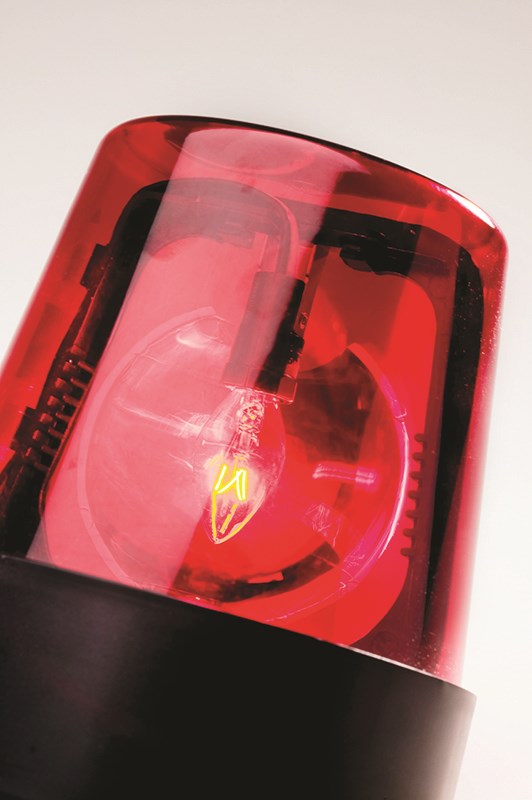Pam Wright
On Aug. 23, 1979, at 11:55 a.m. firefighter Howard Longley took a call at the East Street fire hall.
It was his sister.
“Something is wrong with our dad,” she said.
She told Longley, who was working the control room, that when she walked into their father’s home she found his clothes laid out on the bed.
And a note on the desk.
With fear rising in his throat, Longley told his sister to get out of the house and not re-enter “for any reason.”
Then, because he was on the job, Longley rushed to the scene.
As he was searching the home with two other firefighters Longley found his father in the basement, hanging from a beam.
The image is burned into his memory.
“I went berserk. I was out of control,” Longley said.
He remembers a colleague forcibly pulling him out and placing him in the back of a police cruiser.
“It was the worst possible situation,” he said. “For the next 10 years I had nightmares ... every day, every night, every thing.”
After a short leave it was back to work and business as usual.
Except it wasn’t.
While Longley continued to perform his duties and found happiness helping others, he became increasingly irritable and developed a reputation as a “snappy, snarly” guy.
Finally, the deputy chief intervened and suggested Longley talk to someone. The firefighter was reluctant. In a macho culture where big boys don’t cry appearing weak wasn’t acceptable.
“In those days you were supposed to suck that s..t up,” Longley said.
However, he relented and agreed to meet a minister. At the first meeting the man of the cloth made Longley feel comfortable. He took off his white collar, loosened his shirt and told the firefighter they were equals.
That simple gesture helped Longley spill his guts about the torment raging within. Sharing the story changed him, and when he was able to share it finally with family and friends, a greater understanding grew, he said.
Longley said he was fortunate to find the right person to confide in, not only about his father’s suicide but also the many traumas a first responder faces on the job.
The minister was a humble and compassionate listener — qualities essential for helping those who witness carnage on the front lines.
Longley, who retired from the Sarnia fire service 16 years ago, said he’s pleased that programs are being put in place to help first responders deal with trauma and grief.
“If you’ve never walked in my shoes you will never really know,” Longley said. “I’ve stepped into the office of hell and come back home. A couple of times, I almost did not.”
Seminars to help those grieving behind the badge
Pam Wright
Peggy Sweeney has made helping first responders her life’s mission.
After a 10 years in the funeral business, the
registered mortician started a program called HUGS, or
How to Understand Grief Seminars.
The Texas resident soon discovered there were few services for emergency workers traumatized by what they encounter on the front lines.
So she founded Grieving Behind the Badge.
Facing carnage on a daily basis takes a toll on first responders, whose rates of divorce, suicide, addiction and violence are disproportionally higher than other professions, Sweeney said.
It’s “escalating at an alarming rate across North America,” Sweeney said.
“Many first responders believe they have to suck it up and be tough and strong,” she said. “No one wants to be labeled as unfit or suffering from some form of mental illness
“The stigma is too much to cope with.”
To make herself credible, Sweeney joined a volunteer fire department and became a certified EMT.
“There’s a unique brotherhood and sisterhood among the first responders,” she noted, adding many regard it as a “family.”
Most workplaces now offer Critical Incident Stress Management (CISM) and Critical Incident Stress Debriefing programs.
“But more needs to be done,” she said, adding department heads and chiefs should have “open door policies.” Suicide prevention and intervention programs are also needed.
Leaders should also seek out chaplains for their departments, and offer workplace classes for employees providing insight and resources for coping with traumatic events and grief.
Heather Taylor is a registered nurse who has arranged to bring Sweeny to Sarnia for an event called Grieving Behind the Badge. It’s a one-day workshop offered two separate days, with evening events for families and spouses.
Providing help for first responders is especially important in a smaller community, she said.
“It’s not uncommon for workers to respond to calls involving family and friends. It’s a different kind of stress to deal with. It takes it to a whole new level.”
Taylor hopes Grieving Behind the Badge will help boost supports for the workers in Sarnia-Lambton who deal with emergencies for a living.
“They need to know that dealing with grief is an important part of the job.”
IF YOU GO:
WHAT: Grieving Behind The Badge, a program for firefighters, police EMS, dispatchers, their families, mental health professionals and ER staff
WHEN: One-day workshops Wednesday, Sept. 14 and Thursday, Sept. 15, 8:30 a.m. to 4 p.m. Fee $125
The role of the First Responder Family, Sept. 14, 6:30 p.m. to 9:30 p.m. Fee $50
How to Understand Grief Seminar (HUGS), for the wider community, on grief and loss, Sept. 15 — 6:30 p.m. to 9:30 p.m. Fee $25
WHERE: Best Western Plus Guildwood Inn, 1400 Venetian Blvd.
For more, contact Sue at [email protected]
